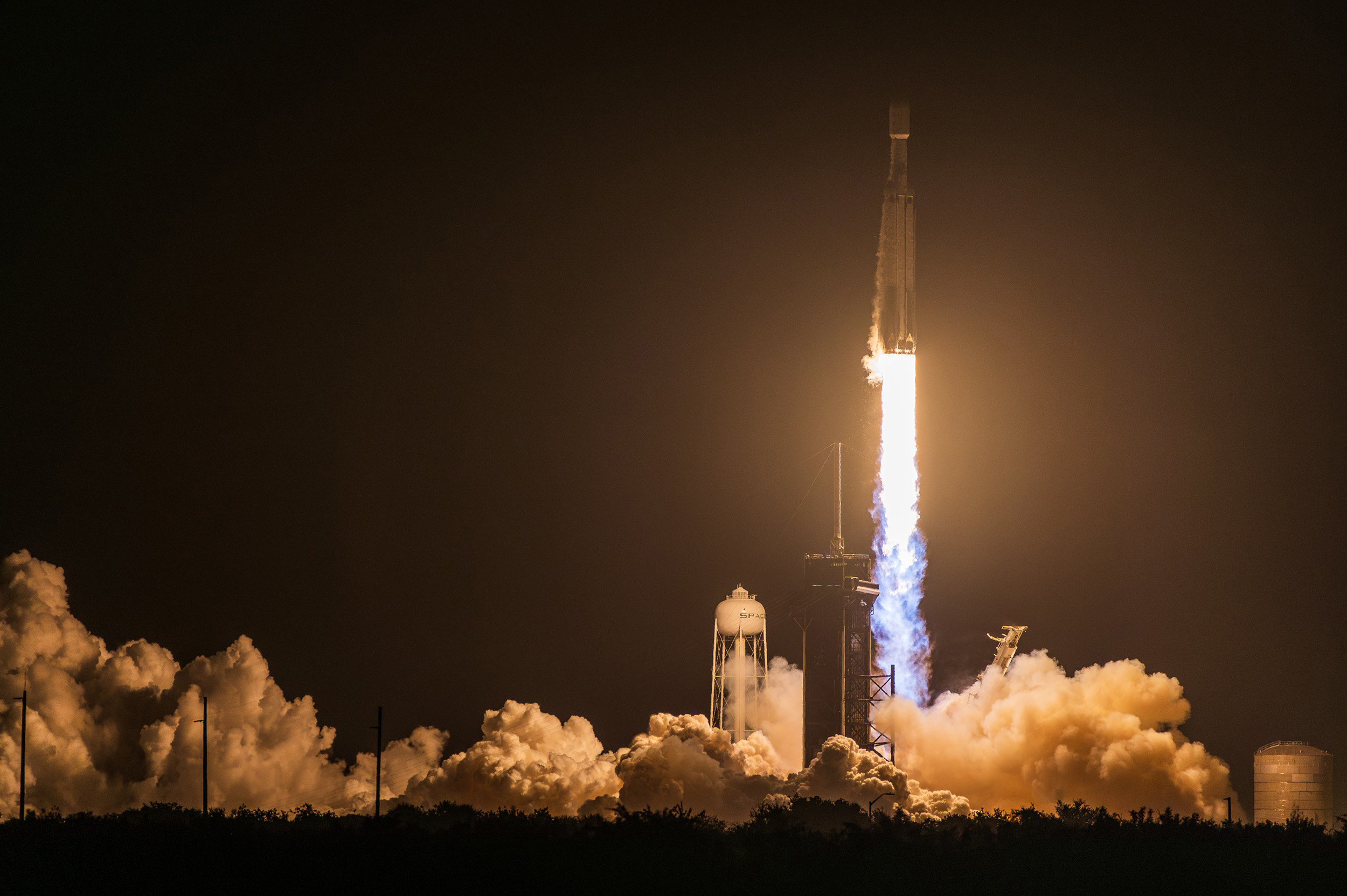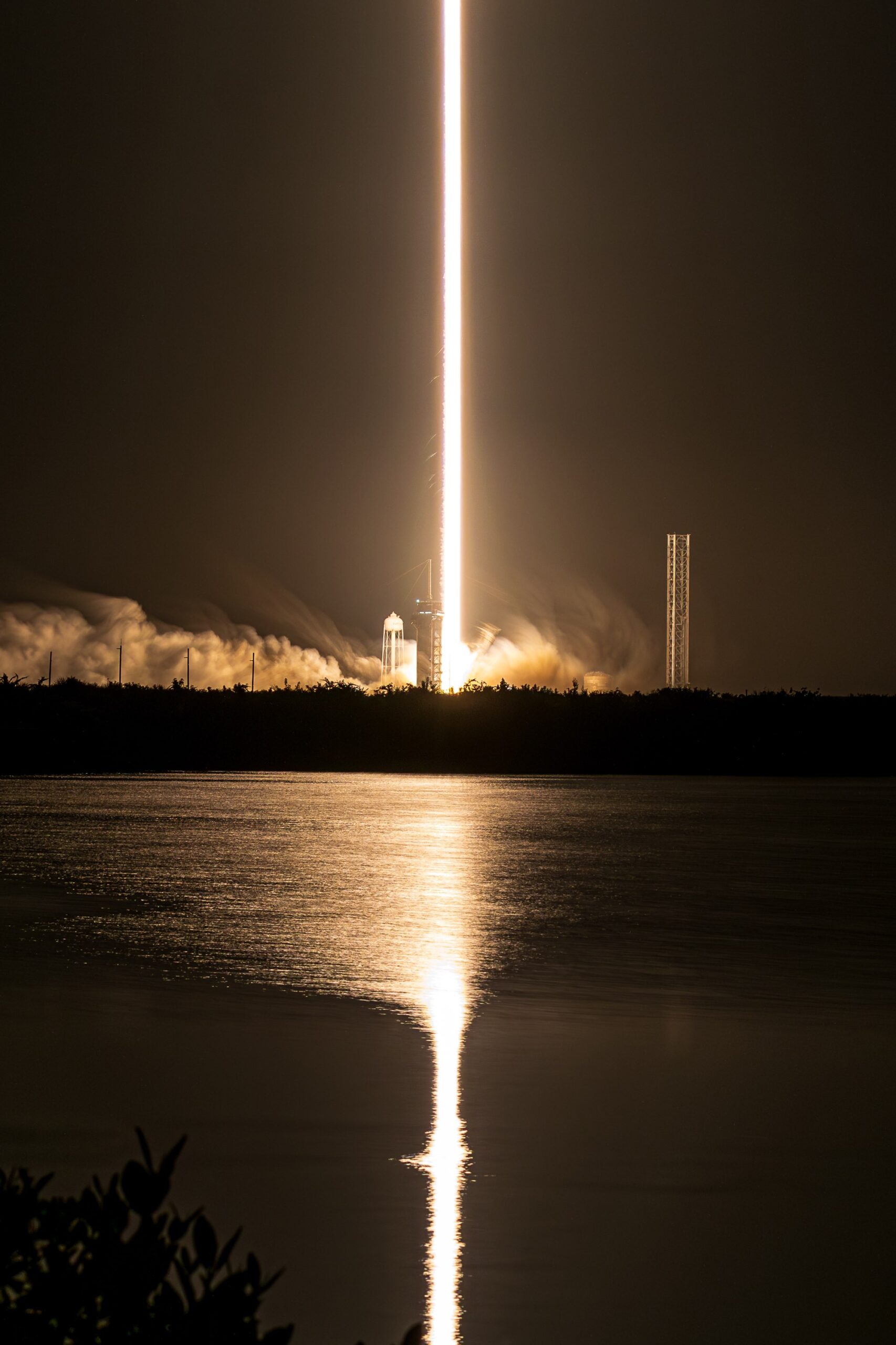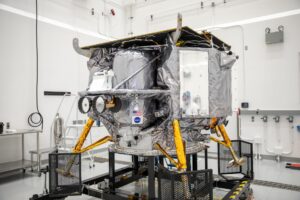SpaceX's Falcon Heavy Successfully Launches Hughes JUPITER 3 Mission to Geosynchronous Orbit
On Friday, July 28, at 11:04 p.m. ET, SpaceX’s Falcon Heavy soared into the night sky, carrying the Hughes JUPITER 3 mission to a geosynchronous transfer orbit. The historic launch took place from Launch Complex 39A (LC-39A) at Kennedy Space Center in Florida, captivating spectators worldwide.
The Falcon Heavy roared to life with a breathtaking display of 5 million pounds of thrust. Moments later, its side boosters achieved their milestone third consecutive launch and landing, exemplifying SpaceX’s commitment to cost-effective and sustainable space travel.

Credit: John Pisani for Cosmic Perspective
The Hughes JUPITER 3 Mission
Hughes Network Systems achieved a groundbreaking milestone with the successful launch of its JUPITER ultra high-density satellite, also known as EchoStar XXIV. Built by Maxar Technologies in Palo Alto, CA, JUPITER 3 is a technologically advanced satellite engineered to deliver unparalleled connectivity to users.
After its 2:32 a.m. EDT launch on July 29, the satellite deployed from the launch vehicle three hours and twenty-eight minutes later. In space, engineers skillfully unfolded the JUPITER 3 solar arrays to their full ten-story span, commencing a pivotal phase of the mission.
Following several weeks of travel, JUPITER 3 will ascend to a geosynchronous orbit 22,236 miles above Earth, positioning itself at the 95 degrees west orbital slot. After thorough bus and payload testing, the satellite will augment the Hughes JUPITER fleet with an additional 500 Gbps of capacity, revolutionizing the company’s HughesNet® offerings for customers in the U.S. and Latin America.

Credit: John Pisani for Cosmic Perspective

Credit: John Pisani for Cosmic Perspective

Credit: John Pisani for Cosmic Perspective



